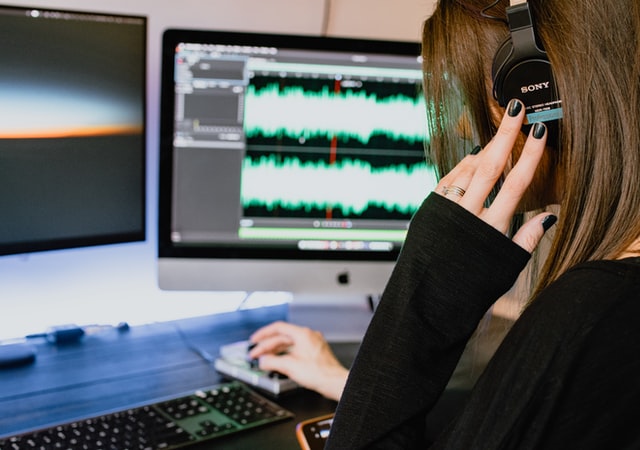Why Audio Encoding is Just as Important as Video Encoding
Can you tell the difference between video encoding and audio encoding?
If you want to upload your video to Facebook or Youtube, its format should be MPEG-4. On the other hand, if you want to create podcasts or record voiceovers, then you need to encode them into MP3 files for storage and distribution. There are two main reasons why you’d want to encode audio or video – for editing purposes or for uploading to platforms such as iTunes.
Why Audio Encoding is Just as Important as Video Encoding
There are 3 primary reasons you’ll want to encode audio or videos:
1. Editing Audio/Video
If you’re creating a podcast, video tutorial, game demo, etc., then it’s probably best to start with the raw unencoded footage. Once you’ve edited the audio/video down to something that works, then you can go ahead and encode the final file. This way, when it comes time to edit again, you don’t have to re-encode every single frame of that recording because you might accidentally corrupt it. You could even add subtitles later on casinojoka.

2. Uploading to Platforms
Uploading raw, unedited audio/video to your favorite websites isn’t an option anymore. If you want to upload to YouTube or any other streaming platform, you need to know how to convert your files into one of their supported formats. When uploading, there are three things you want to make sure you take into account: bitrate, resolution, and sample rate. Let’s explain each of these terms in more detail.
Bitrate
The amount of data per second that you can safely send over the internet. This number measures how many bits per second (bps) you can handle. So the higher the bitrate, the faster your stream will download.
Resolution
This refers to how much space in pixels a certain video covers. The bigger the number of pixels, the better quality image you’re going to get. In general, the maximum resolution that you’ll ever see online is 1920 x 1080. Anything smaller than this is considered low definition.

Sample Rate
This is just what it sounds like – the size of a sound wave produced by a microphone or piece of hardware. It’s measured in Hertz (Hz). A good rule of thumb is anything lower than 4800 Hz is considered high-end while anything above 44100 Hz is considered normal.
As mentioned before, you usually want to save your audio recordings as MP3 files. However, most services only support a certain range of bitrates. To use the highest available bitrates, you’ll need to downsample your source audio. Most people use the following formula to determine how fast they can reduce their audio without losing too much quality:
bitrate sampleRate * width * height / 8
where:
– bitrate: the desired bitrate (in Kbps),
– sample: eRate speed at which we want to sample the audio (e.g. 44Khz for CD quality),
– width: how wide does our audio sound? (e.g. 2 channels),
– height: how tall does our audio sound? (e.g. 4 seconds).
Once you’ve calculated all of your variables according to the equation above, you can now find out how many samples to drop from your source by comparing your new bitrate to the maximum bitrate allowed by your service. That means you can calculate how many seconds of audio you need to cut to fit within the bandwidth restrictions.
For example, let’s say you decide to use 128kbps as your final destination bitrate. Then you should be able to sample at least 16000 samples per song if you used 32kHz as your sample rate. If you were to cut 10 seconds off the beginning of that song, you should have about 24000 samples left (16000 – 5000 15000).
That means you’d be using 3 extra seconds worth of audio for no reason! On top of that, you’ve lost half of the information in those extra seconds. Don’t do it! Instead, record the whole thing and keep the full version. Now you won’t need to worry about cutting off sections of audio files.
3. For Soundcloud & Podcasts
If you’re recording music on a smartphone, chances are you’re using its built-in mic. Unless you specifically picked up a professional USB microphone, chances are you’re not getting any crystal clear audio. But don’t fret because you still have options. There are plenty of devices that can connect to Android phones and easily capture some awesome-sounding audio.